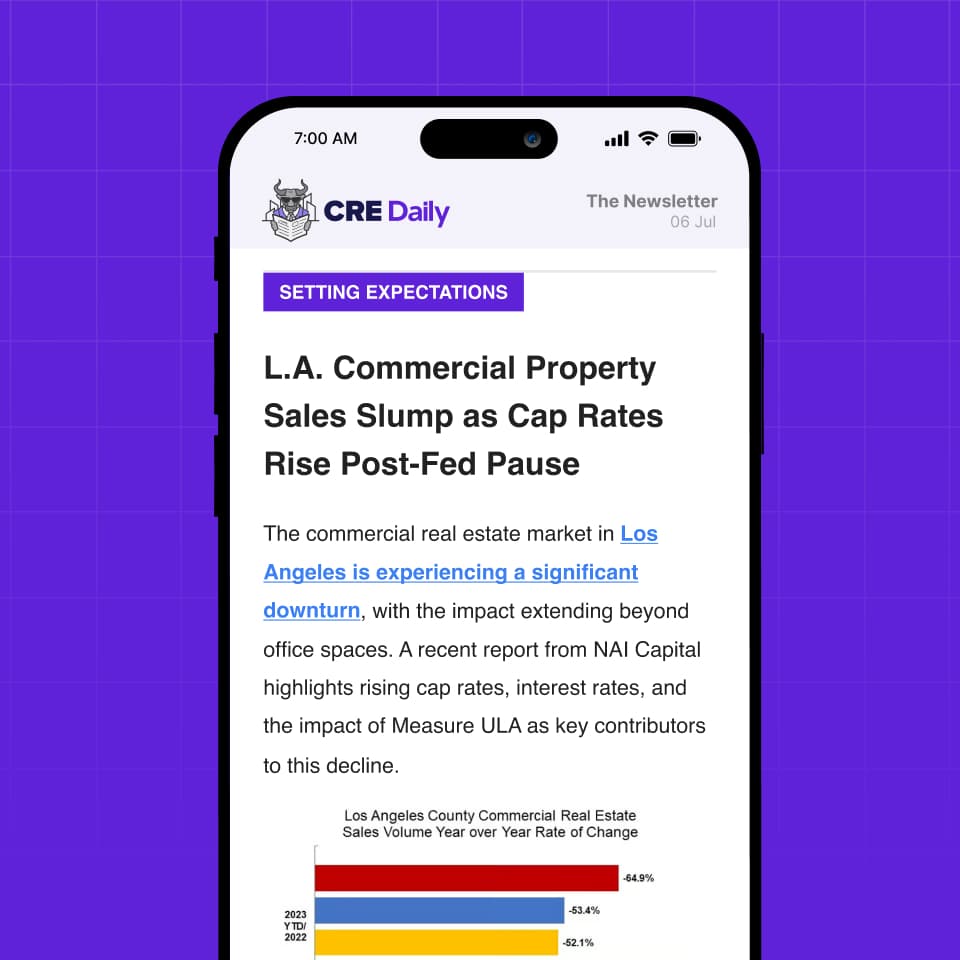- Off-price chains like T.J.Maxx, Dollar General, and Burlington are expanding, while legacy retailers including Joann and Big Lots exit under financial strain.
- Over a decade of retail space reductions has kept supply in check, helping the market stay balanced despite widespread closures.
- Growth is shifting to service-based tenants, which are more resistant to online disruption and aligned with changing consumer behavior.
- Retailers focused on affordability are outperforming as consumers navigate rising costs and shrinking discretionary income.
Retail Shakeout Leaves Room For Resilient Tenants
Retail real estate is holding firm even as familiar brands shutter locations or go under, reports GlobeSt. Many of the closures — from chains like Party City to Walgreens — stem from internal weaknesses rather than a sector-wide decline. Industry analysts say the overall retail footprint has become healthier, thanks in part to years of underbuilding and targeted demolitions that trimmed excess space.
The Market Slims Down — And Stabilizes
Developers have demolished more retail SF than they’ve added over the last ten years. That long-term correction has helped buffer the impact of recent store closures. What remains is a leaner tenant base, with stronger financials and better positioning to meet today’s consumer demand.
Get Smarter about what matters in CRE
Stay ahead of trends in commercial real estate with CRE Daily – the free newsletter delivering everything you need to start your day in just 5-minutes
Discount And Service Brands Take The Lead
Two groups are driving the current leasing activity: discount retailers and service providers. Fitness studios, healthcare clinics, and personal care businesses are expanding — sectors that rely on in-person visits and are largely insulated from e-commerce pressure.
Meanwhile, off-price retailers are growing quickly as shoppers prioritize affordability. With savings down and household debt rising, consumers are shifting away from discretionary spending and toward value-first options.
Why It Matters
The winners in today’s retail real estate market are those offering either essential services or cost-conscious products. Developers and investors are responding by reallocating space to tenants that can thrive in a tight-spending environment.
What’s Next
As high-cost brands continue to downsize, expect more retail space to be filled by off-price and experience-driven tenants. The retail sector may be evolving, but it’s far from retreating — it’s just becoming more selective about who fits into the mix.

















